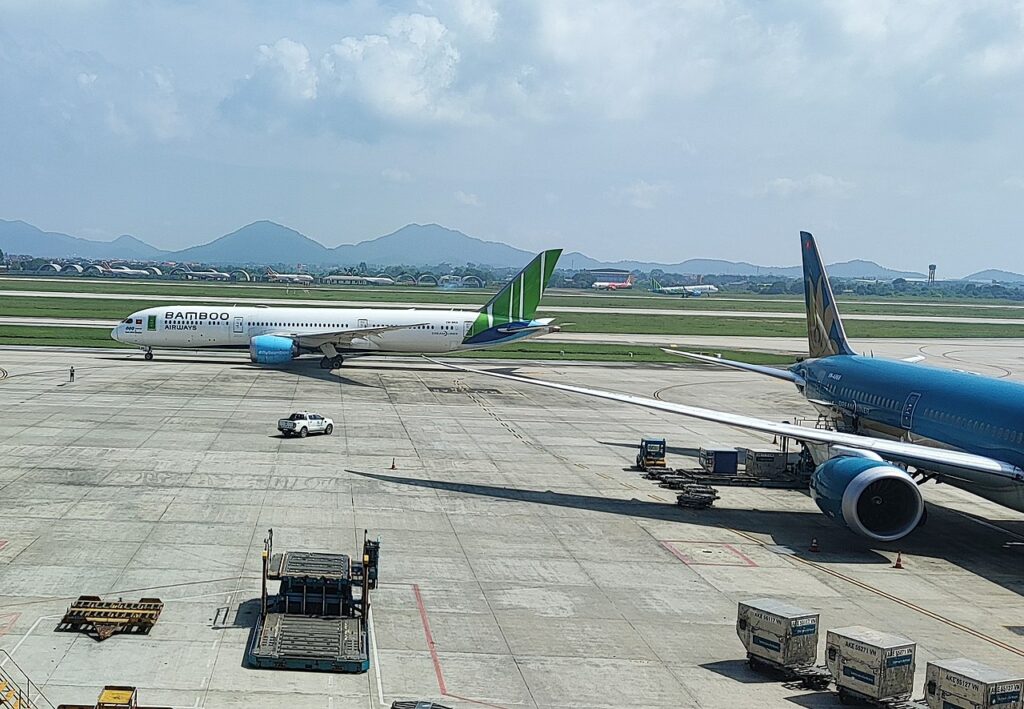Pre-pandemic, travel to Vietnam was possible without obtaining a visa in advance, instead receiving a visa on arrival. This is no longer the case. Many travellers are still unaware of this, leading to chaos at airports, and is seen as a key reason for the slow recovery of tourism in Vietnam.
In this analysis article, specialist group e-Visa outlines the present situation for potential Vietnam tourists.
Silent removal of visa on arrival
For years, Vietnam operated a visa on arrival scheme (often referred to as VOA), which travellers could apply for once they landed in the country. This meant that they could forego with applying for a visa pre-departure.
Since the outbreak of COVID-19, the visa rules for Vietnam have changed significantly. Travellers are now required to apply for their visas several days before departure, and they can only stay in the country for a maximum of 30 days.
Vietnam’s immigration department never officially announced that the VOA would be phased out. They’ve simply stopped issuing them since the reopening of the borders.
The immigration department has neither confirmed nor denied whether the VOA will return.
Unpleasant surprise for many travellers
The issues surrounding Vietnam’s removal of the visa on arrival also impact applications for the online visa variant, which is applied for pre-departure.
Not only are there lengthier queues, visas are also increasingly being applied for last-minute, as people are regularly caught off guard.
[monsterinsights_popular_posts_inline]
Visa agency e-Visa.co.uk has noticed a clear increase in the number of rush order visa applications being submitted.
According to Pleun Leijten, press manager at e-Visa.co.uk, more and more people are experiencing problems with Vietnam’s unclear visa policy:
“Not a day goes by that we don’t receive last-minute phone calls from customers applying for rush order visas, informing us that they didn’t know about the VOA’s discontinuation”.
She adds that the lack of government transparency has made it more difficult to properly assist frustrated callers.
Vietnam’s neighbouring countries seeing quicker recovery
The decision to abolish the visa on arrival has had a major impact on Vietnam’s tourism sector. In 2022, Vietnam welcomed only 3.6 million tourists, an 80% drop from 2019.
Neighbours Thailand and Cambodia saw the number of incoming tourists rebound much faster. By 2022, the number of tourists in Thailand was already at 28% of the number in 2019, and in Cambodia, the figure was 35%.
Thailand operates a visa waiver for a large number of nationalities, while Cambodia offers visas on arrival at the airport.
Decrease in the number of incoming tourists in 2022 compared to 2019:
- Vietnam: 80% (from 18 million in 2019 to 3.6 million in 2022)
- Thailand: 72% (from 40 million in 2019 to 11.15 million in 2022)
- Cambodia: 65% (from 6.6 million in 2019 to 2.3 million in 2022)
These numbers are surprising, as tourism in Vietnam experienced an unprecedented growth from 2015 to 2019.
The number of international tourists to Vietnam more than doubled during that time, whereas the number of international tourists to Thailand and Cambodia grew by “only” 30 to 40% during the same period.
These numbers have led several parties and businesses in Vietnam to urge the government to relax their visa rules, so that the tourism sector can finally properly recover from the effects of the COVID-19 pandemic.









